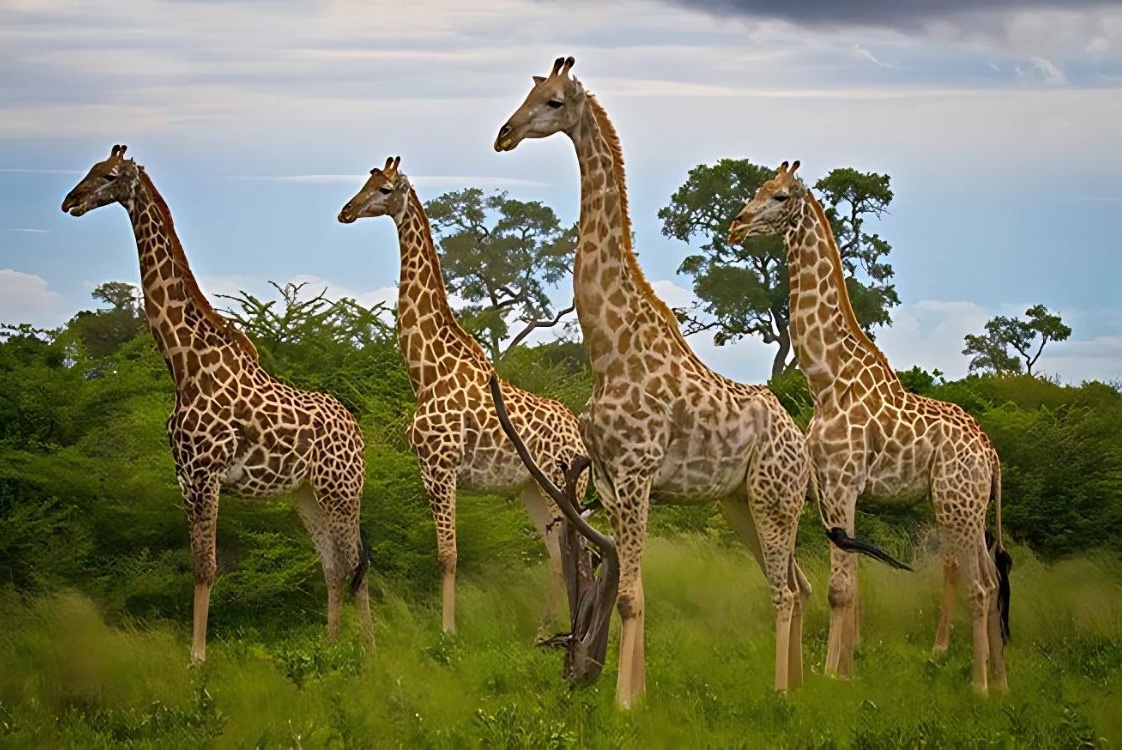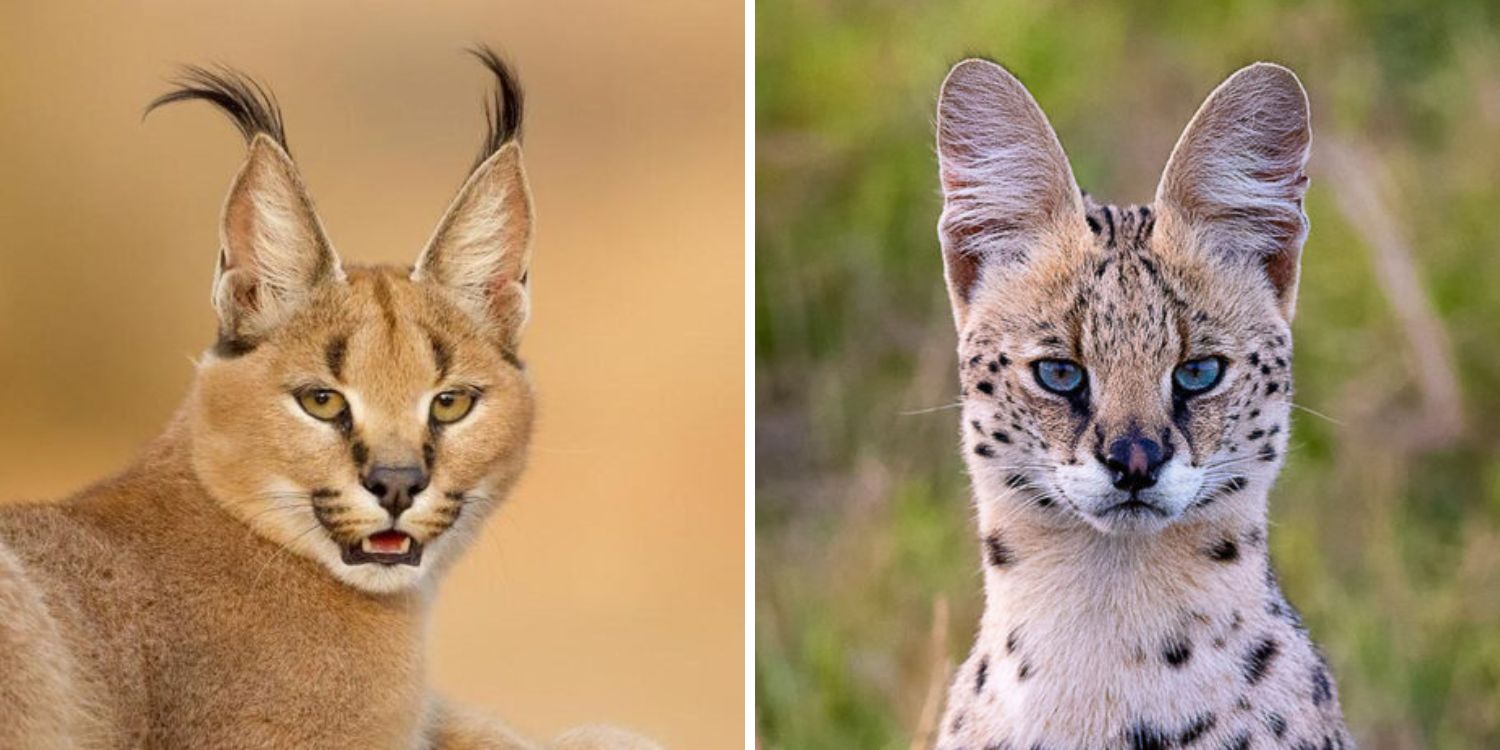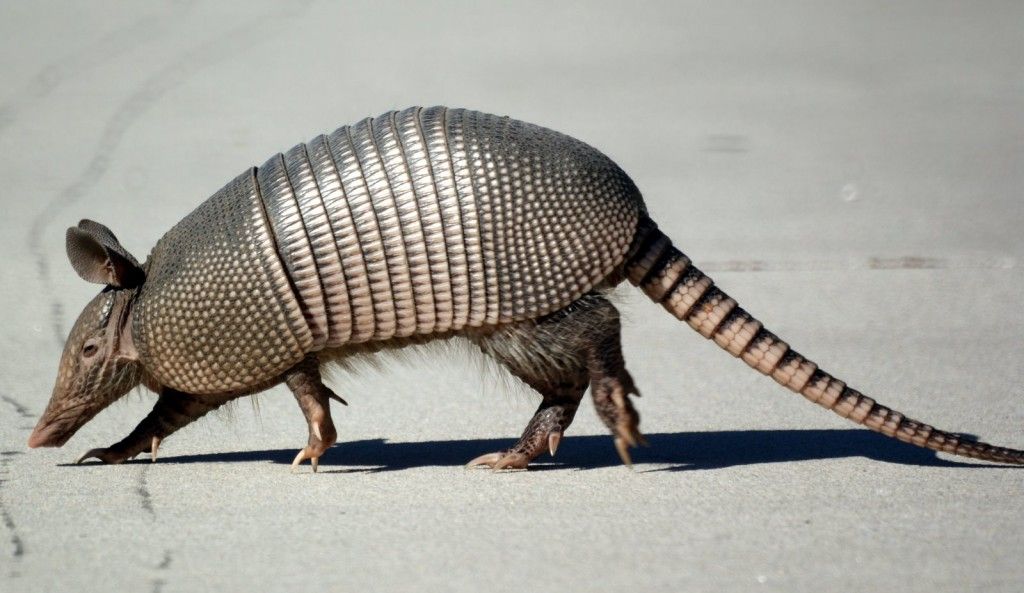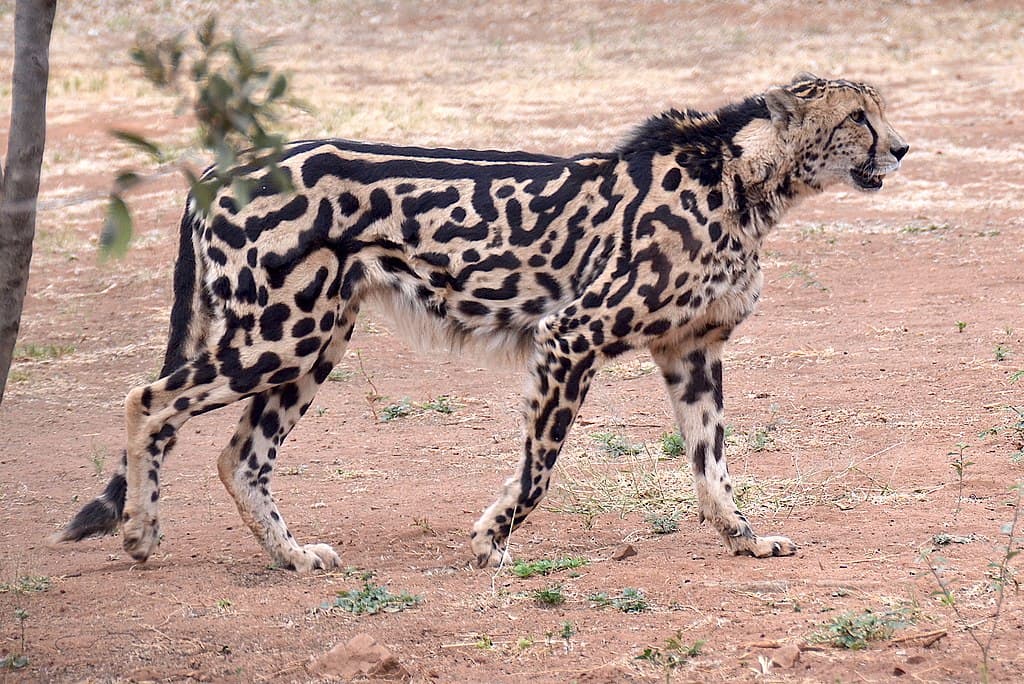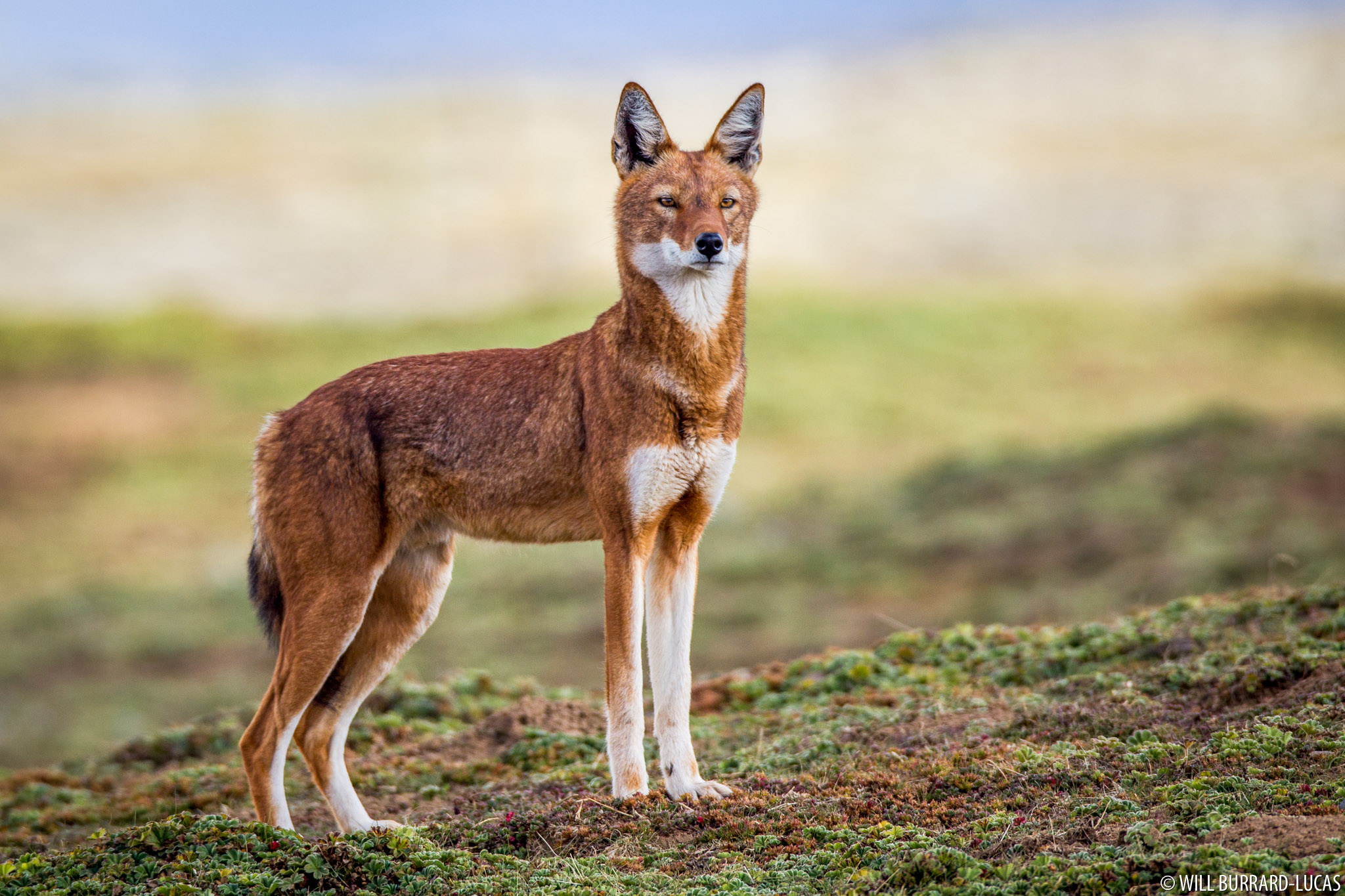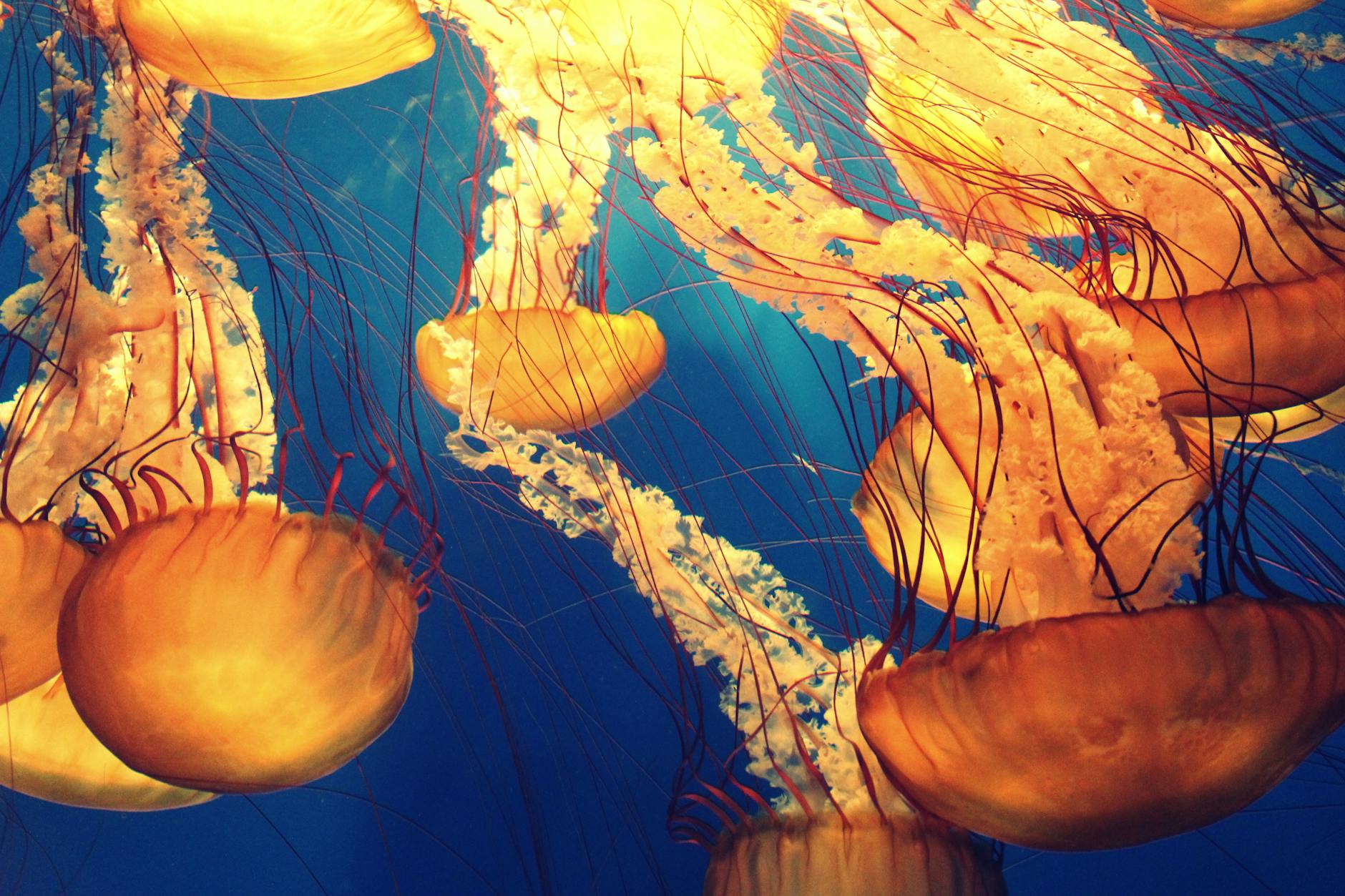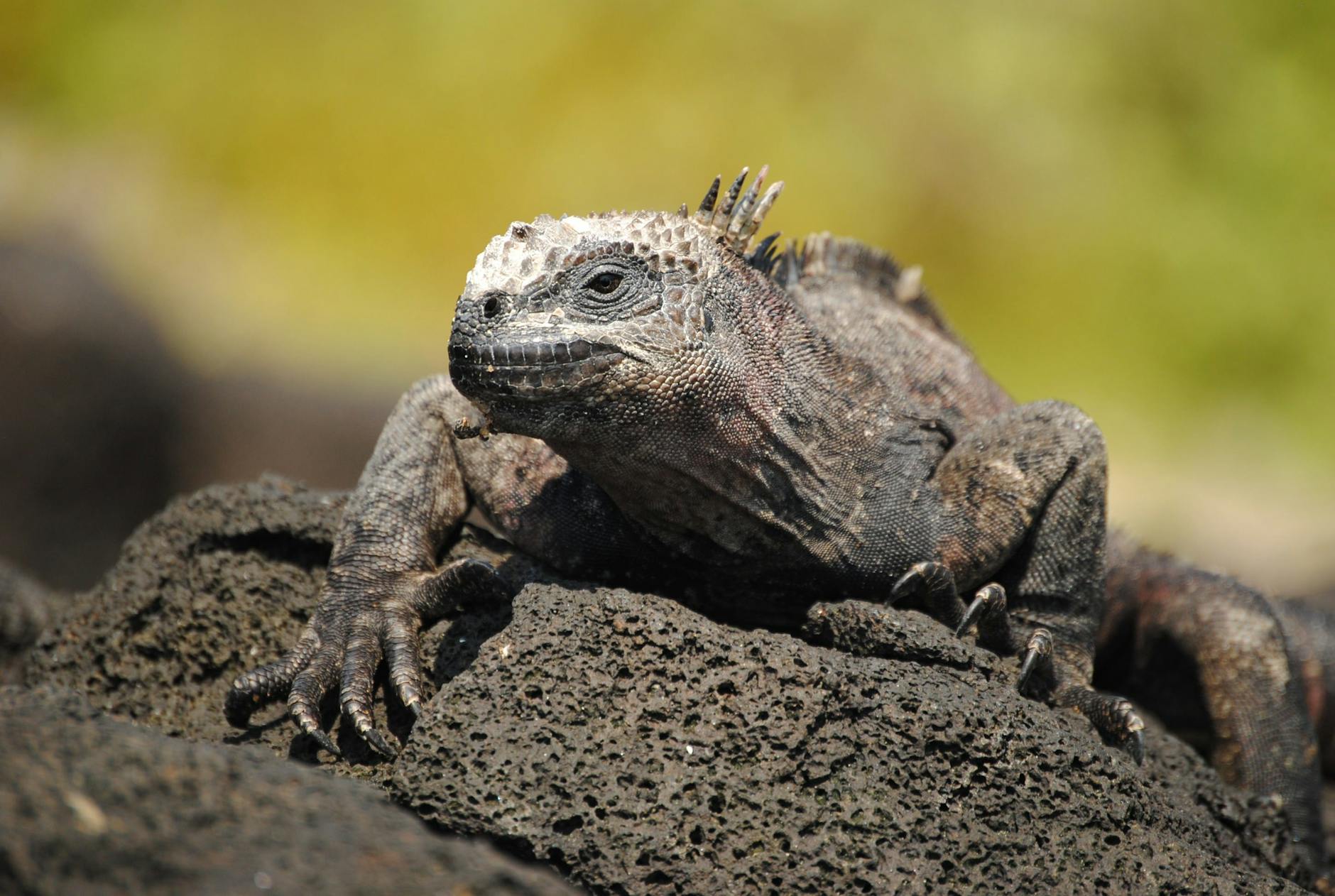
Of all the extraordinary creatures that call the Galapagos Islands home, perhaps none are as uniquely adapted – or as visually striking – as the Marine Iguana. Often described as miniature, prehistoric dragons, these reptiles are the world’s only sea-faring lizards, a truly astonishing feat of evolution that captivated Charles Darwin himself.
“Imps of Darkness”: A First Impression
When Darwin first encountered Marine Iguanas, he wasn’t entirely complimentary, famously calling them “hideous-looking,” “clumsy,” and “imps of darkness.” And it’s true, with their dark, scaly skin, somewhat intimidating crests, and often crusty white heads, they certainly cut a unique figure on the volcanic rocks. But spend a little time observing them, and you’ll quickly appreciate their remarkable adaptations and surprisingly serene demeanor.
An Unlikely Gourmet: Eating Underwater
What makes the Marine Iguana truly unique is its diet: marine algae. Unlike any other lizard, these cold-blooded reptiles plunge into the often-chilly Pacific Ocean to graze on seaweed. They’ve developed incredible adaptations for this aquatic lifestyle:
- Flat Snouts and Sharp Teeth: Their short, blunt snouts and sharp, tricuspid teeth are perfectly designed for scraping algae off submerged rocks.
- Strong Claws: Powerful claws allow them to cling to rocks on the seabed, resisting the strong currents.
- Specialized Salt Glands: Because they ingest a lot of saltwater with their food, Marine Iguanas have specialized salt glands near their nostrils. You’ll often see them “sneezing” out a fine spray of concentrated salt. As the water evaporates, this expelled salt forms the distinctive white, crusty patches on their heads and snouts, a clear visual indicator of their unique way of ridding their bodies of excess sodium.
- Efficient Diving: While they can dive to impressive depths, they are limited by how long they can stay submerged. Being cold-blooded, their body temperature drops quickly in the cold water, slowing their metabolism. They must return to the surface to bask in the sun and warm up.
Basking Dragons: The Warm-Up Act
After their chilly underwater foraging trips, Marine Iguanas congregate in large groups on the black volcanic rocks, absorbing the sun’s warmth. You’ll see them piled on top of each other, in dense mats of reptilian bodies, often completely still except for the occasional “sneeze.” This basking is crucial for regulating their body temperature, allowing them to digest their food and prepare for their next dip. Their dark skin helps them absorb heat efficiently.
A Living Example of Evolution
The Marine Iguana is a powerful testament to the adaptive power of natural selection. Faced with limited terrestrial food sources, their ancestors gradually evolved to exploit the abundant marine algae, leading to the development of these incredible specialized traits. Different islands often host slightly different populations, with variations in size and color, further illustrating the ongoing evolutionary process.
Gentle Giants of the Coast
Despite their “dark imp” appearance, Marine Iguanas are remarkably placid and unafraid of humans. You can often observe them from a very close, respectful distance as they go about their daily routines. They are a vital part of the coastal ecosystem, a unique link between the land and the sea.
To witness these truly extraordinary lizards is an absolute highlight of any Galapagos adventure. They are living proof of nature’s endless capacity for innovation and adaptation.
More photos below ↓




















Disclaimer: This blog post is for edutainment purposes only and may not be entirely accurate.

